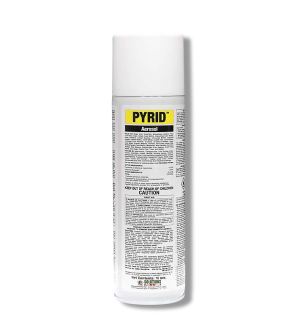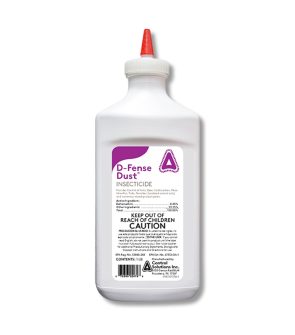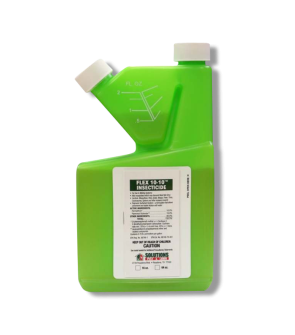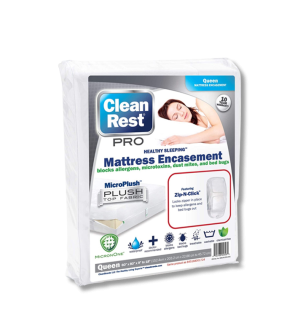Bed Bug Myths
Most Effective Products
Bed Bug Myths
This page is a general article that discusses common myths associated with bed bugs. Here you can find a detailed guide for controlling bed bugs as well as learn more about this hard to remove pest. This article will go over common strategies from the bed bug control guide and information that discusses accurate information about this pest.
Anyone can get bedbugs and once they infest your home you discover how tough these pests are to remove. While learning about these insects you may come across a sea of information that gets you thinking about what information is true.
By reading this DIY article, you can debunk several misconceptions associated with bed bug control and lead to a faster elimination through the use of our recommended products and tips. If you have any questions then reach out to one of professional experts through chat, email, or phone.
Myth: Bed Bugs Prefer Dirty, Cluttered Homes

One of the most common misconceptions about bed bugs is that they prefer dirty, cluttered, and messy homes. Most people believe bed bugs infiltrate messy homes due to most reality shows or media depiction, but in reality this is not true.
Fact: Bed bugs will only invade your home for one reason: you. The most common way to gain these unwanted guest is through travel and nights spend in a hotel or picking up used objects such as furniture or clothing.
Myth: You Need to Dispose of Infested Furniture and Personal Effects

Once bed bugs are in your home you will notice how quick they can cling to most objects like furniture or clothing. Most homeowners are quick to throw away furniture infested with bed bugs or at the very least mattresses, box springs, bed covers or sheets. This may seem like a quick yet expensive solution, but this does not solve your infestation.
Worse, you can potentially spread the infestation by moving infested furniture around your home. The best thing to do is to leave furniture or personal belongings in their original place and quickly implement the steps in the bed bed control guide.
Fact: You will first need to vacuum your floor, and wash all bed sheets, covers, and fabrics inside your home. Next, you will apply a Flex 10-10 Insecticide on your mattress, furniture, and floor. This will help to kill and get rid of bed bugs on mattress. You will then mix in 1 fl. oz. of Gentrol IGR per gallon to the Flex 10-10 solution to treat 1,500 sq. ft. Remember that Gentrol IGR cannot be used on mattresses, but may be used in combination with Flex 10-10 on the bed frame, box spring, furniture, closets, flooring and all along the baseboards of the room.
Make sure to spray Pyrid Insecticide Aerosol in any cracks or crevices inside and outside your home. As a follow up to the Pyrid Insecticide Aerosol apply a D-Fense Dust to treat voids, cracks, and crevices inside your home such as outlets or light switches (make sure to turn breaker off before application). When you use this product you will need to obtain a handheld duster for application.
Myth: Bed Bugs Can Fly or Jump

Bed bugs have small, brown flat oval bodies and are wingless insects that feed on the blood of people and animals. Due to their sudden appearance you may think these pests travel through flight. While this makes a logical explanation this is not true about the bed bug. The next thing you may assume is that due to bed bugs being wingless they can jump great distances. Fortunately, bed bugs cannot jump or fly from place to place.
Fact: Bed bugs move from one location to another by crawling which often makes homeowners mistake these insects for fleas, carpet beetles, ticks, or young German cockroaches. The only times when bed bugs are not mistaken for these pests is after feeding on your blood. When bed bugs feed on you their bodies become elongated and red making them more easily visible.
Myth: Bed Bugs Spread Diseases

When you think of how hard these pests are to remove and their frequent travel you may assume bed bugs carry diseases. While there is some evidence to suggest that bed bugs have the possibility to carry diseases there is no evidence of a person gaining a disease after being bitten. They do, create some forms of allergic reactions within people after numerous bites.
Fact: A bed bug bite will leave red, itchy welts usually on your legs, back, neck, arms, or shoulders. If left untreated, bed bug bites can become swollen and infected.
Myth: Bed Bugs Only Bite at Night

Bed bugs are most commonly seen at night, but they are not classified as nocturnal. Maybe hearing the nursery rhyme don't let the bed bug bites led you to believe these pests are strictly night time pests. However, bed bugs do not operate on one schedule and can feed at any time of the day, including mornings.
Fact: Bed bugs hide in tight, dark areas that are hard to reach like cracks and crevices. If a bed bug is hungry enough they will emerge from their hiding places in search of food. So, If you work at night you are just as susceptible to a bed bug bite during the day.
Key Takeaways
How Do You Get Bed Bugs in Your Home?
- Bed bugs like to travel by clinging onto your clothing, luggage, and other personal affects. More than likely you encountered a bed bug during your travels when staying in a motel or hotel.
Where Do Bed Bugs Hide?
- Bed bugs prefer to hide in dark, hard to reach areas such as within your outlets, bed frames, inside the cracks and crevices of your furniture.
What is the First Thing to Do When Treating Bed Bugs?
- The most important step you can take is to clean your home by vacuuming the floor or carpet, washing any fabric such as clothes, bed covers, and curtains. Then treat your mattress with a combination of Flex 10-10 Insecticide and Gentrol IGR. Do not throw away any furniture infested with bed bugs, because you may spread the infestation more throughout your home.















































































































































































































































































































































































































































































































































